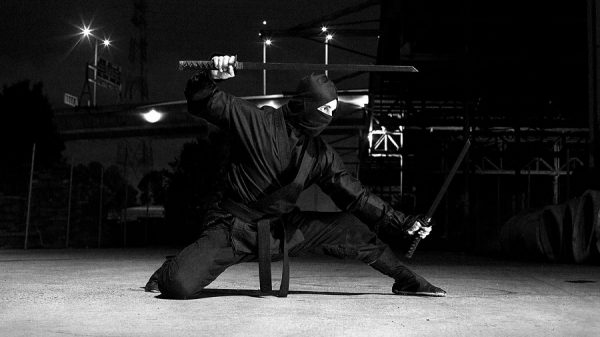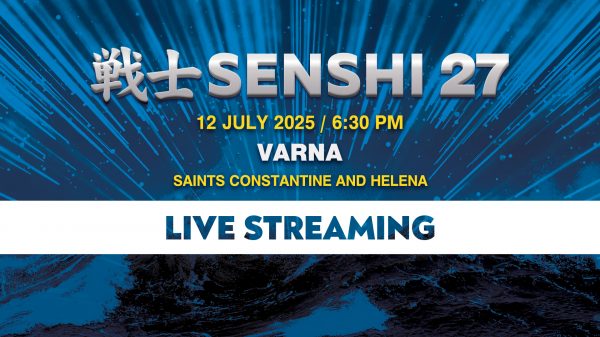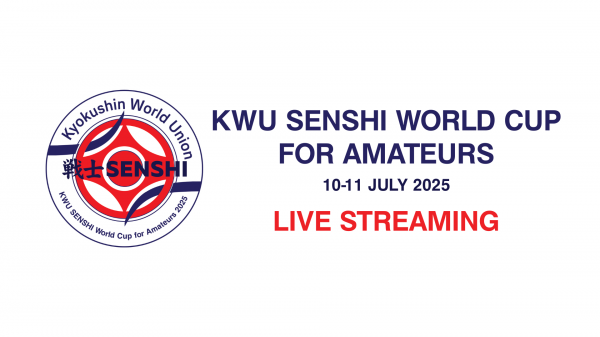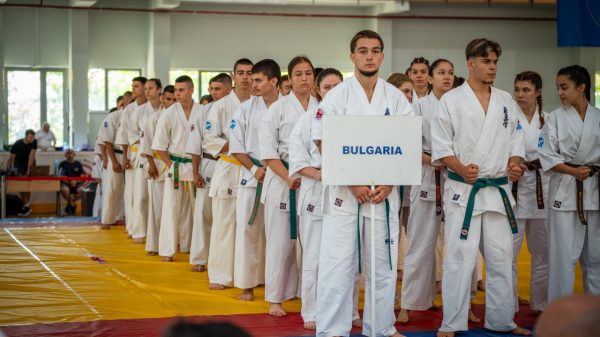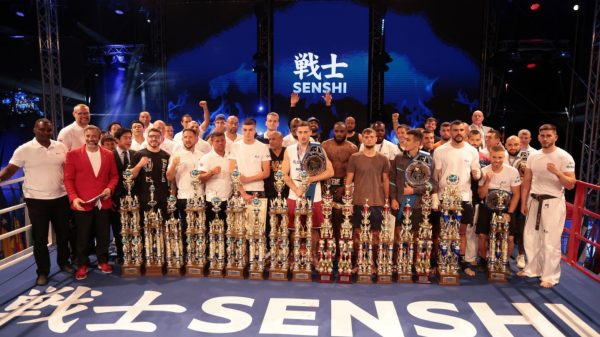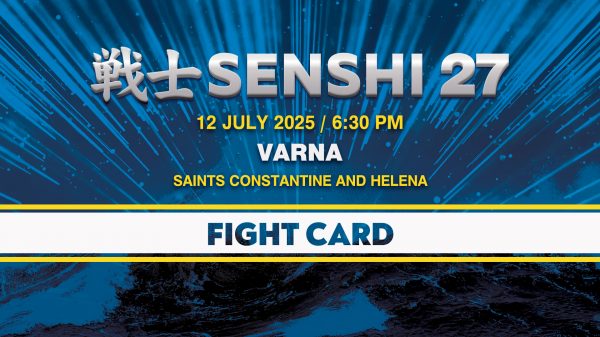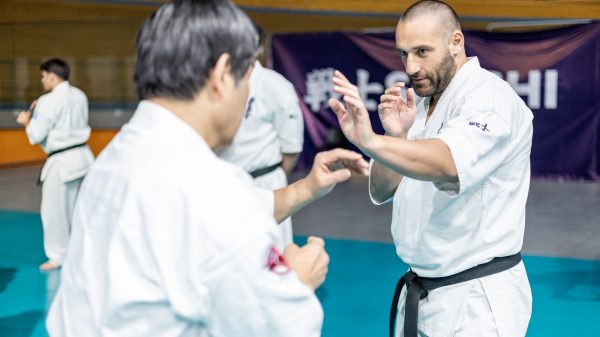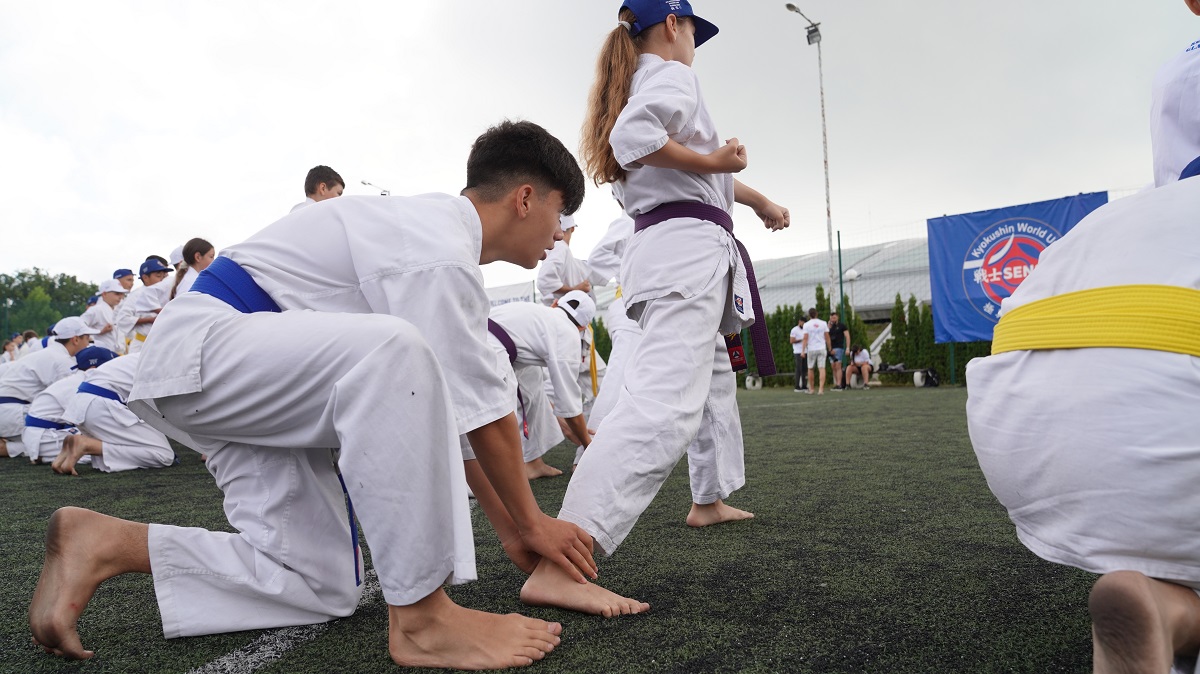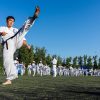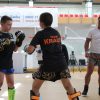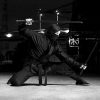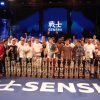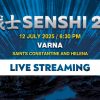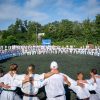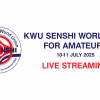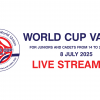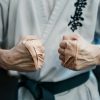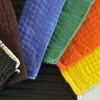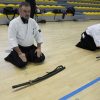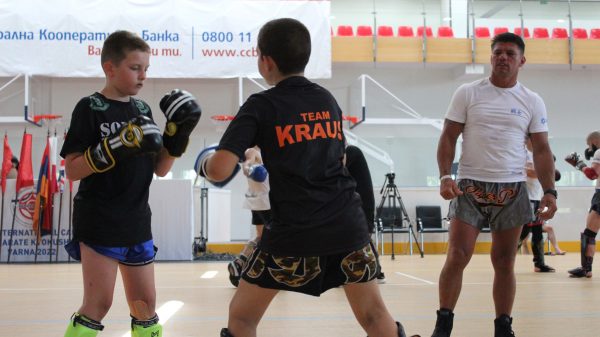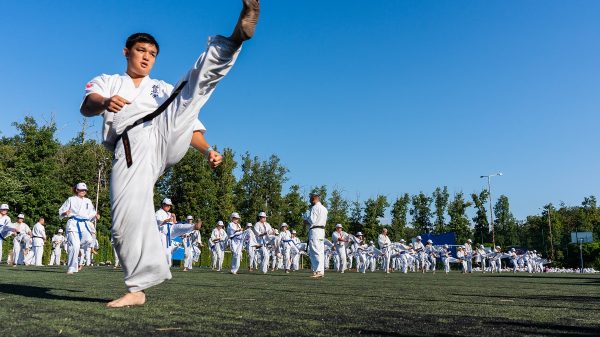What is the point and purpose of kata in karate
In the last article, I have written about the formation of Kyokushin karate and offered my opinion about what is the point and purpose of kata in karate.
What is the point and purpose of kata in karate?
In this one, I will write about one of the basic techniques used in karate and discuss why, again in my opinion, often karate techniques are both misunderstood and practiced incorrectly.
Many, if not most, who practice martial arts, think that there is no need to go as far as to carry out any study of the language of those from whom their arts originated. This unfortunately has led to many misunderstandings in the meanings of the words used to describe the techniques in the various systems and often in the application of those techniques.
If we look at the “basic techniques” used in karate. These “basic techniques” come under the Japanese term “kihon waza” These kanji are more correctly translated as “fundamental techniques”. “Fundamental” is a far better definition of these techniques as
the Cambridge English Dictionary describes “fundamental” as “forming the base, from which everything else develops”. That being said, it is clear that anything built on a weak base will eventually fall. Perhaps this is why so many martial artists believe that karate does not work in “real life” confrontations.
Take the Japanese word “uke”. It is almost always mistranslated in karate practice as “block”. This is completely the wrong translation.
Uke comes from the verb ukeru, which means to receive. Does this mean there are no blocks in karate? In my opinion, this is true at karate’s advanced levels.
Think about the act of blocking something. This requires force meeting force, and in such meetings, the impact potentially leads to
damage to both parties. Mostly with the bigger and stronger part of the meeting damaging the weaker, smaller part far more so. Surely this
means that a small weak person would always come off worse in a confrontation with a bigger, stronger, more aggressive attacker? This would mean the practice of karate would be always advantageous to the stronger? This goes against all of the reasons I have put forward in my previous articles, where I have stated continually that traditional karate is for everyone, including the weak, small, or aged.
What is the point and purpose of kata in karate
Having said this, it is quite obvious to anyone who has practiced karate or seen it performed that there are lots of “blocks” used. In fact, all the kata employ, on the surface, a “block” in their opening moves.
Why is it then that on the surface, all karate uke waza (receiving techniques) appears to block the strike? Surely, a better way to “receive” a strike would be to simply redirect the force of the strike and not risk damaging one’s arm in contact?
What is the point and purpose of kata in karate
I think this has a lot to do with the increase in class sizes as karate practice was introduced to much greater numbers as the popularisation of the art was taking place. Bigger classes reduced the ability of the teachers from taking the time to work on the intricacies of techniques and necessitated demonstrating larger easier to see movements. It is also true that to best teach something, use large, basic, easy to follow movements first (waza in Japanese), then refine the movements into smaller and smaller, more efficient ones ( chichi waza).
What is the point and purpose of kata in karate
Also, because, as mentioned in previous articles, at the time popularisation of karate was first taking place, Japan was undergoing expansionist empire building and preparing its people for war. This meant the training of aggressive techniques and conditioning the bodies and minds of the karate practitioners to the hardship of potential So, let us look at the most basic and usually the first technique taught in almost every system of karate, Jodan Uke (literally “received at the upper level”).
As it is normally taught, this “block” is practiced against a straight punch to the head, although the likelihood of being attacked in such a way is extremely rare. Almost every time someone attempts to punch the head it is a swinging “haymaker” that is used. Jodan uke as it is traditionally taught works so much better against such a “normal” attack. Traditional karate techniques are taught in such a way as to build upon one’s natural instincts, so that in the heat of combat, using the technique to one’s advantage becomes a reflex action (and this is much easier to achieve if it is “natural”). In the case of jodan uke, the natural reaction of someone who’s head is attacked is to flinch and raise the arms to cover the head. 10…
As it is normally taught, the arm doing the block rises to meet an oncoming strike, impacting against the strike with the forearm. Practicing this movement improves on the flinch response. Now as said before, this means that there is to be as expected, an impact occurring between the blocking arm and the attacking arm. combat, and not force. the “passive” redirection of force.
So, let us look at the most basic and usually the first technique taught in almost every system of karate, Jodan Uke (literally “received at the upper lever). As it is normally taught, this “block” is practiced against a straight punch to the head, although the likelihood of being attacked in such a way is extremely rare. Almost every time someone attempts to punch the head it is a swinging “haymaker that is used. Jodan uke as it is traditionally taught works no much better against such a “normal” attack.
What is the point and purpose of kata in karate
Traditional karate techniques are taught in such a way as to build upon one’s natural instincts, so that in the heat of combat, using the technique to one’s advantage becomes a reflex action (and this is much easier to achieve if it is “natural”). In the case of jodan uke, the natural reaction of someone who’s head is attacked is to flinch and raise the arms to cover the head.
As it is normally taught, the arm doing the block rises to meet an oncoming strike, impacting against the strike with the forearm. Practicing this movement improves on the flinch response. Now as said before, this means that there is to be as expected, an impact occurring between the blocking arm and the attacking arm.
What is the point and purpose of kata in karate
In traditional karate, to give the defender the attack away safely. advantage, a certain amount of conditioning of the blocking arm will have taken place. Hours of carrying out this movement against a training partner would condition the defenders’ arms to make them stronger and far more resilient to the impact suffered.
A properly conditioned forearm can take an amazing amount of force against it with little damage. This is jodan uke at its most basic level (unfortunately, more often than not, the only level it is understood by).
Once the above basic level of jodan uke becomes a natural response to a strike aimed at one’s head, it is time to build on it and improve the efficacy of the technique, to remove the need to meet the force of the strike with force.
Now as the attacking arm approaches its target, it is met by the defender’s forearm, but instead of “blocking”, this time the defender °receives” the attack, meeting the swing and deflecting it away from its intended target, using the forward momentum of the strike to redirect the energy of the attack away safely.
Karate uke waza should not only allow one to receive an attack safely but should also put one in an advantageous position from which to launch an immediate counter-attack and performing jodan uke against a swinging arm punch to the head in the way prescribed will pull the attacker off balance (his most disadvantageous position) and open to being struck.
www.fightingwarrior.com


